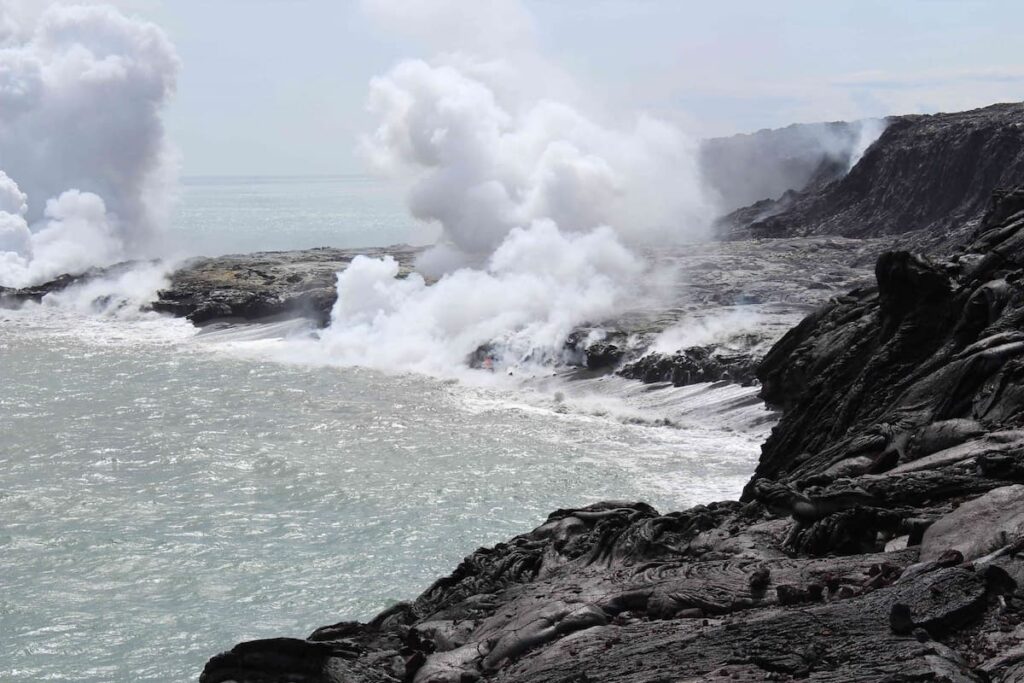Rising Pressure Beneath the Pacific
Deep beneath the Pacific Ocean, nearly 300 miles off the coast of Oregon, a powerful natural force is slowly building. Axial Seamount, one of the most closely monitored undersea volcanoes in the world, is showing renewed signs of volcanic activity. Although located more than 4,500 feet below sea level, its movements are being tracked in real-time by teams of volcanologists.
Scientists have observed a steady inflation of magma inside the volcano, causing it to bulge upward. This process, similar to a balloon slowly filling with air, suggests the system is storing pressure. The more the reservoir fills, the greater the potential for an eruption. Historical records indicate that Axial has erupted around 50 times in the past 800 years, making a new eruption plausible before the year ends.
Fortunately, the volcano’s location deep below the ocean surface ensures there is no immediate threat to nearby coastal communities. But for researchers, the growing activity signals a rare scientific opportunity.
What an Eruption Would Look Like
Unlike volcanoes on land, underwater eruptions are quiet and invisible to the naked eye. If a ship passed directly over Axial Seamount during an eruption, passengers likely wouldn’t notice. However, beneath the surface, the event would be both dramatic and scientifically valuable.
When Axial last erupted, it released around 5.5 billion cubic feet of lava. The lava, cooled rapidly by seawater, formed what are known as pillow lavas—rounded, bulbous structures that pile up on the ocean floor and reshape the terrain around them. These formations can reach impressive depths, similar in scale to large buildings.
Despite the size and intensity of the eruption, there would be no impact on the ocean surface or threat of a tsunami. No earthquakes would be felt on land. Instead, the changes would unfold quietly and out of sight, known only to the instruments and researchers tracking every moment.
Monitoring the Volcano in Real Time
Axial Seamount is the most extensively studied submarine volcano on Earth. Thanks to a vast underwater network known as the Regional Cabled Array, over 660 miles of fiber-optic cables transmit constant data from more than 140 monitoring instruments directly to scientists on shore.
These tools provide live updates on seismic activity, ground deformation, and magma movement. This real-time monitoring is coordinated through the Ocean Observatories Initiative, a major research program supported by the National Science Foundation.
By studying Axial’s behavior, scientists are able to refine predictive models for volcanic eruptions and test theories about how magma accumulates and erupts in the deep ocean. The volcano serves as a natural laboratory, allowing researchers to gather critical information without endangering human life.
One of the team’s goals is to send an unmanned submersible into the area during an active eruption. If successful, it would be the first time such an event is captured live in these conditions—something that could unlock new understanding of how underwater volcanoes shape the Earth’s surface.
Awaiting Nature’s Next Move
For now, the volcano remains in a quiet but watchful phase. Seismic activity has temporarily decreased, though magma continues to rise and build pressure within the system. This calm, however, may be temporary. Based on the volcano’s past behavior, researchers believe there is a strong possibility that Axial will erupt again within the coming months.
While nature ultimately controls the timing, scientists are more prepared than ever to observe it. With cutting-edge technology in place and decades of data behind them, they stand ready to document and learn from the next chapter in Axial Seamount’s long and active history.
What makes this volcano so fascinating is not just the possibility of eruption, but the wealth of knowledge it holds for the future of volcanology, ocean science, and planetary understanding.



